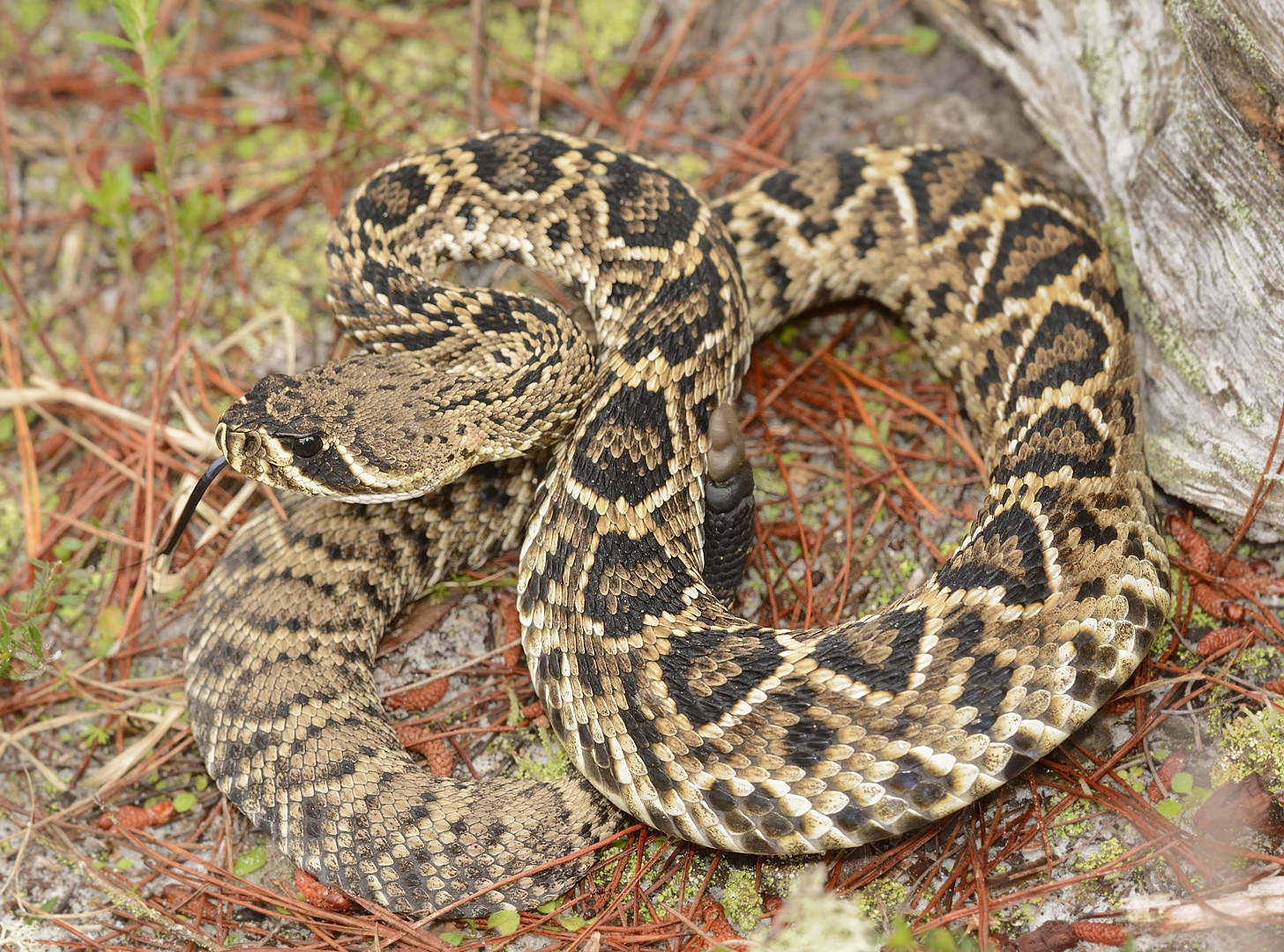When it comes to the fascinating world of reptiles, few creatures evoke as much intrigue and caution as the diamondback rattlesnake. This iconic snake, known for its distinctive markings and notorious rattle, is a true marvel of nature. Found predominantly in the southwestern United States, the diamondback rattlesnake is not only a symbol of the wild but also plays a vital role in its ecosystem. In this comprehensive guide, we will explore the biology, habitat, behavior, and conservation of the diamondback rattlesnake, providing you with a deeper understanding of this remarkable reptile.
The diamondback rattlesnake, scientifically known as Crotalus atrox, is recognized for its striking diamond-shaped patterns that adorn its back. These markings serve not only as a means of camouflage but also as a warning to potential predators. As we delve into the specifics of this snake's life, we will also address common myths and misconceptions surrounding rattlesnakes, aiming to shed light on their true nature.
In addition to their physical characteristics, diamondback rattlesnakes exhibit a range of fascinating behaviors that contribute to their survival. Understanding these behaviors can enhance our appreciation for these reptiles while also promoting coexistence with them in their natural habitats. Join us as we unravel the mysteries of the diamondback rattlesnake, exploring its biology, habitat, and the crucial role it plays in maintaining ecological balance.
Table of Contents
- Biography of the Diamondback Rattlesnake
- Physical Characteristics
- Natural Habitat
- Behavioral Traits
- Diet and Hunting Techniques
- Reproductive Habits
- Conservation Status
- Myths and Facts
Biography of the Diamondback Rattlesnake
The diamondback rattlesnake is one of the largest rattlesnake species in North America. It is characterized by its robust body and distinctive rattles at the end of its tail, which it uses as a warning signal. The species is divided into two subspecies: the eastern diamondback and the western diamondback, both of which share similar features but inhabit different regions.
| Data Point | Information |
|---|---|
| Scientific Name | Crotalus atrox |
| Length | 3 to 7 feet |
| Weight | Up to 15 pounds |
| Habitat | Deserts, grasslands, and rocky hillsides |
| Diet | Small mammals, birds, and reptiles |
| Conservation Status | Least Concern |
Physical Characteristics
The diamondback rattlesnake is easily recognizable due to its unique physical features:
- Coloration: Typically, they exhibit a pattern of dark diamonds on a lighter background, which provides excellent camouflage in their natural habitat.
- Size: Adult diamondbacks can range from 3 to 7 feet in length, with some individuals reported to exceed this range.
- Rattle: The rattle, made of keratin, is used as a warning mechanism. When threatened, the snake vibrates its rattle, producing a distinct sound.
Natural Habitat
Diamondback rattlesnakes are predominantly found in the arid and semi-arid regions of the southwestern United States, particularly in states like Texas, Arizona, and New Mexico. They thrive in a variety of habitats, including:
- Deserts
- Grasslands
- Rocky hillsides
- Scrublands
Their adaptability allows them to inhabit diverse environments, from sandy dunes to rocky outcrops, making them a common sight in their range.
Behavioral Traits
Understanding the behavior of the diamondback rattlesnake is crucial for appreciating its role in the ecosystem:
- Territoriality: Diamondbacks are generally solitary creatures and can be territorial, especially males during the mating season.
- Defensive Behavior: When threatened, they may coil up and rattle their tails as a warning before resorting to striking.
- Hibernation: In colder climates, diamondbacks may hibernate during the winter months, retreating to burrows or crevices.
Diet and Hunting Techniques
As carnivores, diamondback rattlesnakes primarily feed on small mammals, birds, and occasionally reptiles. They employ a unique hunting strategy:
- Ambush Predators: They rely on camouflage and patience, waiting for prey to come within striking distance.
- Venom: Their venom is potent and helps immobilize prey quickly, allowing the snake to consume it safely.
Reproductive Habits
The reproductive behavior of diamondback rattlesnakes is both fascinating and complex:
- Mating Season: Mating typically occurs in the spring, following hibernation.
- Gestation: Females give birth to live young, with litters ranging from 6 to 25 offspring.
- Young Rattlesnakes: Juveniles are born with a small rattle that grows with age.
Conservation Status
Currently, the diamondback rattlesnake is listed as a species of Least Concern by the International Union for Conservation of Nature (IUCN). However, habitat loss and human encroachment pose significant threats to their populations. Conservation efforts are crucial to ensure their survival:
- Habitat Protection: Preserving natural habitats is essential for the well-being of diamondback rattlesnakes.
- Education: Raising awareness about the importance of rattlesnakes in ecosystems can help reduce fear and misconceptions.
Myths and Facts
Despite their fearsome reputation, many myths surround diamondback rattlesnakes. It's important to distinguish fact from fiction:
- Myth: All rattlesnakes are aggressive and will attack humans.
- Fact: Rattlesnakes are generally shy and will avoid confrontation if given the chance.
- Myth: Rattlesnakes can predict earthquakes.
- Fact: There is no scientific evidence supporting this claim.
Conclusion
In conclusion, the diamondback rattlesnake is a remarkable creature that plays a vital role in its ecosystem. By understanding its biology, behavior, and conservation needs, we can foster a deeper appreciation for this incredible reptile. As we share our environments with wildlife, it is crucial to promote coexistence and respect for all creatures. If you have any experiences or thoughts about diamondback rattlesnakes, feel free to leave a comment below. We encourage you to share this article with others who may find it informative and explore more of our wildlife articles for further learning.
Penutup
Thank you for visiting our site and taking the time to learn about the diamondback rattlesnake. We hope you found this article informative and engaging. Please come back for more insights into the fascinating world of wildlife!
Ruvo Port Jefferson: A Culinary Gem In Long Island
Exploring The Life And Career Of Bob Hogue
Buc-ee's Goodyear AZ Opening Date 2024: What You Need To Know


